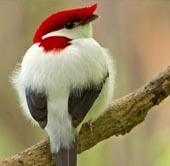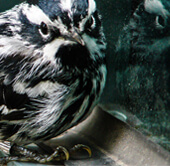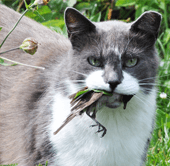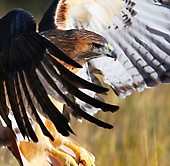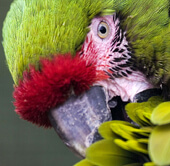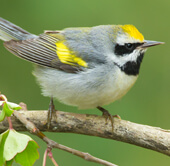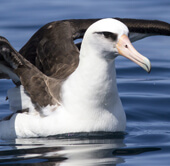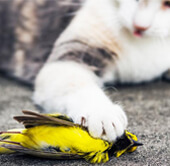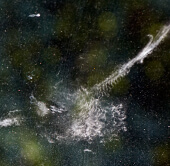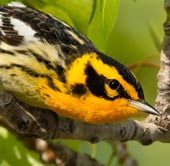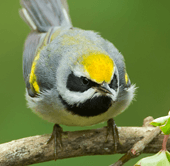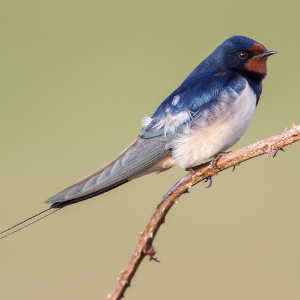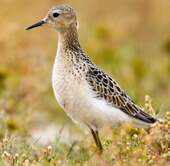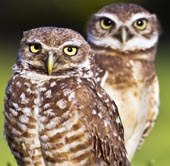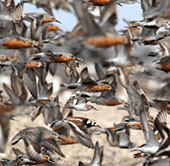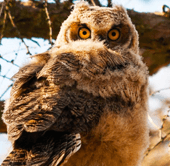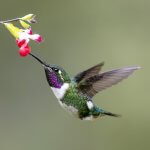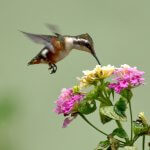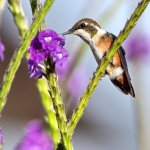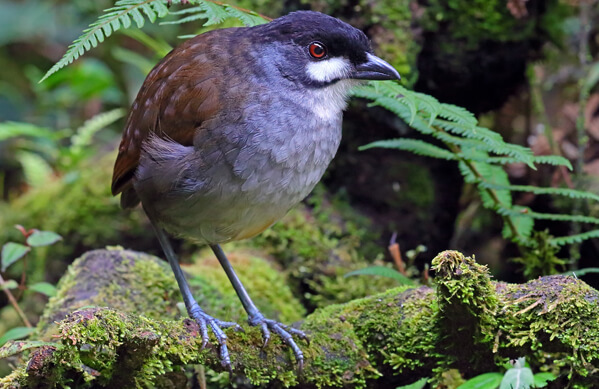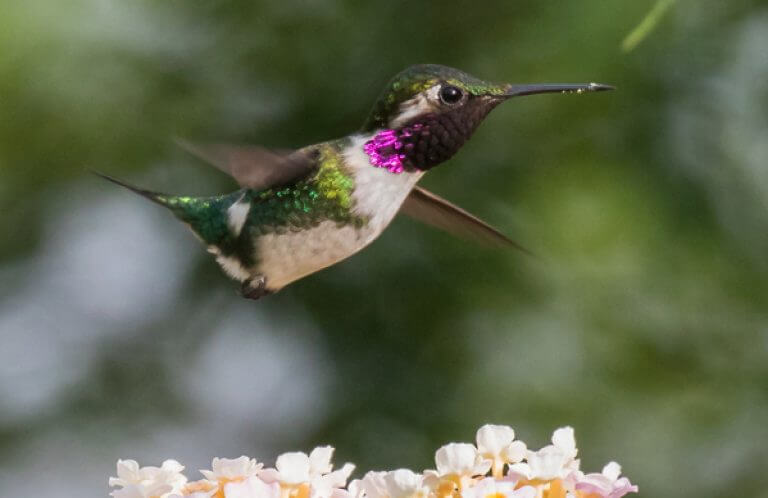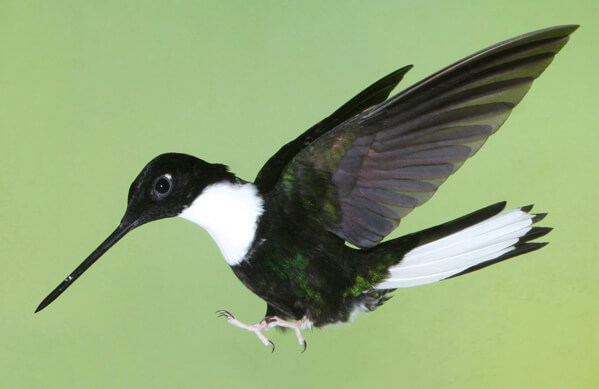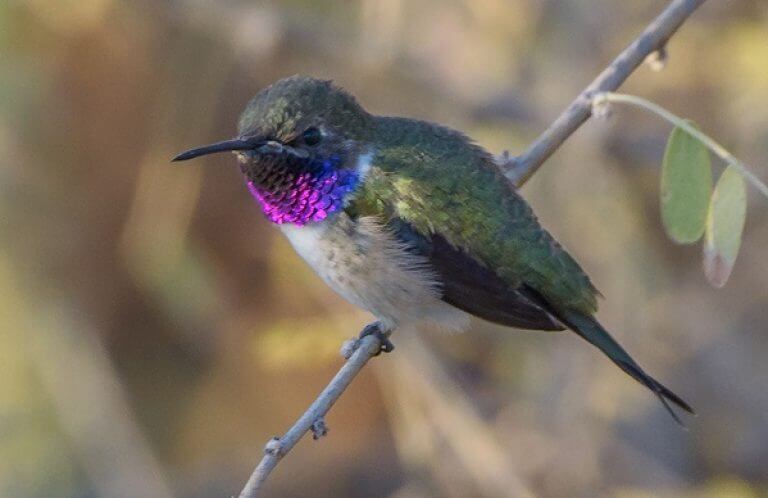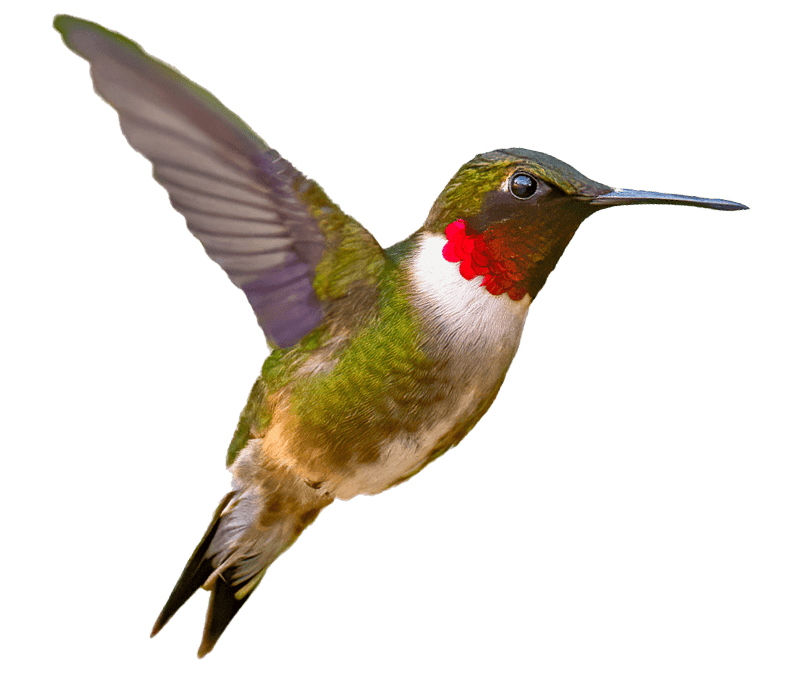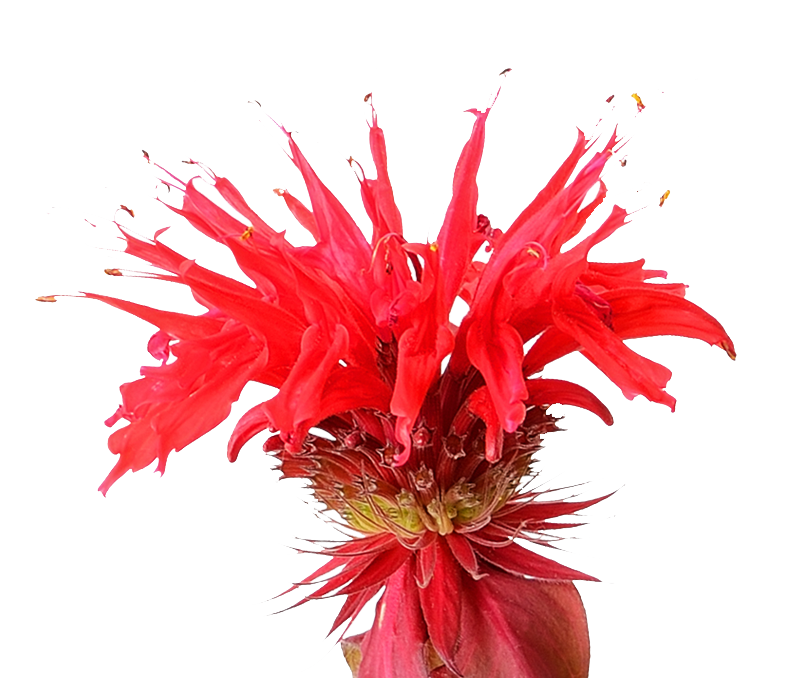About the White-bellied Woodstar
At roughly three inches long, the tiny White-bellied Woodstar is about the size of a large insect. It's part of a group of similarly small-sized hummingbirds that includes the Chilean Woodstar and the vulnerable Esmeraldas Woodstar, a species found only in Ecuador.
This hummingbird is easily identified by its namesake white belly patch, along with large white flank patches and a white stripe behind the eye. These ID features are common to both sexes, which otherwise look dissimilar. As with other hummingbird species, the male White-bellied Woodstar is the more colorful, with dark bluish-green upperparts accented by a shining reddish-violet gorget (throat patch).
Despite its tiny size, the White-bellied Woodstar is fairly common and easy to spot within its range.
Visible Visitor
The White-bellied Woodstar readily takes advantage of hummingbird feeders, so visitors can usually spot it in protected areas, bird lodges, wildlife reserves, even roadside restaurants – wherever feeders are maintained – throughout its Andean Mountain range.
One such location, the Tapichalaca Reserve in the cloud forests of southern Ecuador, shelters the rare Jocotoco Antpitta and Golden-plumed Parakeet as well as the White-bellied Woodstar, which can be seen at the hummingbird feeders there along with the Long-tailed Sylph, Collared Inca, and a number of other species. The White-bellied Woodstar can also be spotted at feeders at the Huembo Reserve in Peru, along with the Critically Endangered Marvelous Spatuletail.
Songs and Sounds
In flight, the White-bellied Woodstar's wings make humming sounds that can easily be mistaken for a large insect. They also vocalize with sharp “chip” notes.
Call notes and wing noises:
Wing noises:
Breeding and Feeding
Flying Under the Radar
Although the White-bellied Woodstar is fairly common, much remains to be discovered about its breeding biology. Like other hummingbirds, it feeds mainly on flower nectar and small insects. Its movements when foraging tend to be slow and deliberate, similar to those of a bee. This mimicry may be a way for the woodstars to escape notice by potential predators.

It readily visits artificial feeders, where its tiny size and bee-like flight may also help it avoid the notice of larger, more aggressive hummingbird species.
The White-bellied Woodstar doesn't defend a specific feeding territory, and can be spotted feeding from ground level all the way into the tree canopy. It sometimes joins other hummingbirds at flowering trees, where its tiny size and bee-like flight helps it escape notice.
Region and Range

The White-bellied Woodstar can be found along forest edges and in open pastures and fields throughout the central and eastern Andes, in Colombia, Ecuador, Peru, and Bolivia. Although this species is mainly sedentary (non-migratory), it will sometimes make altitudinal movements, likely following nectar sources.
Conservation

Help support ABC's conservation mission!
Although the White-bellied Woodstar can tolerate human-altered landscapes to some extent, it still faces threats from habitat loss and degradation. Its tiny size and retiring ways make it difficult to estimate its population size, but this species is likely declining to some extent.
ABC and its partners protect habitat at over 20 reserves within the White-bellied Woodstar's range. Aside from Ecuador's Tapichalaca Reserve (mentioned above), it can also be spotted at the Abra Patricia Reserve in Peru and the Cerulean Warbler Reserve in Colombia.
Get Involved
Many of the rarest bird species in the Western Hemisphere remain relatively unknown. You can learn more about these birds and the threats they face by signing up for ABC's Bird of the Week email series, which frequently highlights these fascinating birds.
American Bird Conservancy and our partners throughout Latin America and the Caribbean have created and expanded more than 100 bird reserves, which protect upward of 1.1 million acres of vital habitat. Together, we've planted more than 6.8 million trees, helping to restore degraded and damaged habitat. You can help us continue to protect endangered birds by making a gift today.

